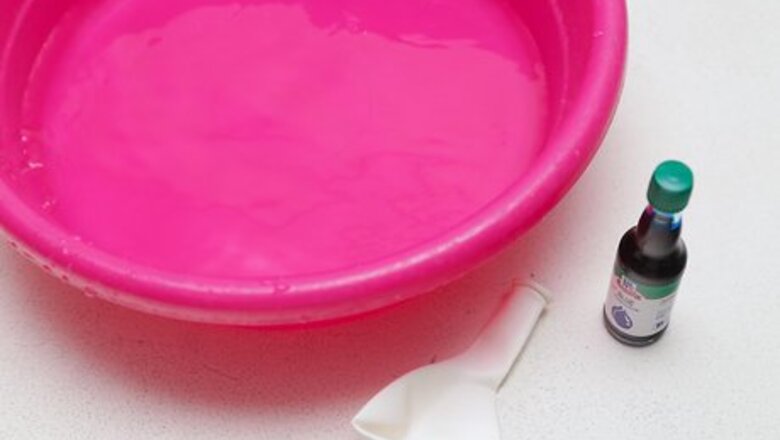
views
X
Research source
Icebergs are interesting to study and you can do that on much smaller scale with a homemade miniature iceberg.
Making an Iceberg
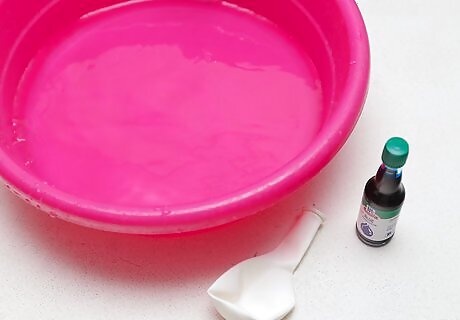
Gather the necessary materials. To make a miniature iceberg, you will need a balloon or cup, water, food coloring, and a freezer. The balloon or cup will serve as the base shape for your iceberg. You can choose any container you’d like for the shape of your iceberg. If you want to sculpt your iceberg to make it more realistic use a balloon. To make an iceberg you need enough time for the water to freeze so make sure you have at least 2 days to do this. The food coloring is optional, but can be used to add interesting colors to your iceberg.
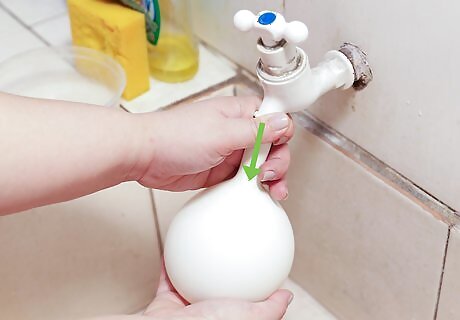
Fill the balloon with water. Keep in mind that water expands as it freezes, so don’t fill the balloon all the way to the top. Fill it about three-quarters full to give it plenty of space to expand. Tie the end with a knot to prevent the water from spilling out. If you want to color your iceberg, add the food coloring before you tie the knot.
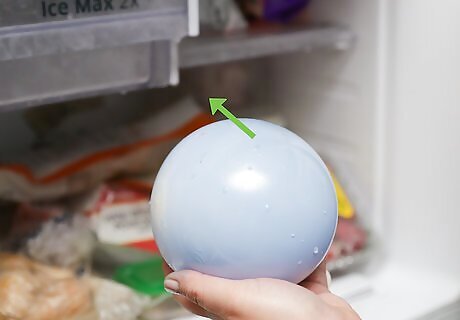
Place it in the freezer overnight. Once full of water, store your water balloon in the freezer for at least 5 hours. The total time needed to freeze depends on how large your balloon is. If you leave it overnight, it will definitely be frozen when you wake up the next morning. If you want to shape your iceberg while it’s freezing, you can position other items in the freezer around the balloon so that it will come out more conical than spherical. If it is below freezing outside, you could even place your balloon outside and let it freeze overnight!
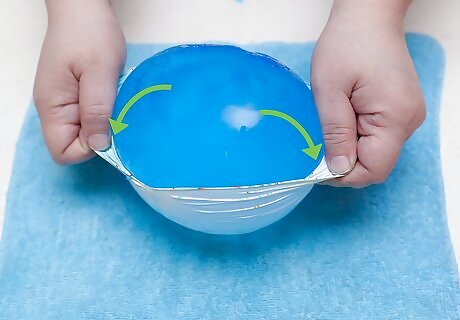
Take it out of freezer and remove the balloon from the ice. The next day, check to make sure the water is completely frozen. Remove your iceberg from the freezer and carefully cut away the balloon: cut the knot off, cut down the sides of the balloon, and then peel it away from the ice. Parental supervision is recommended for this step when using the scissors.
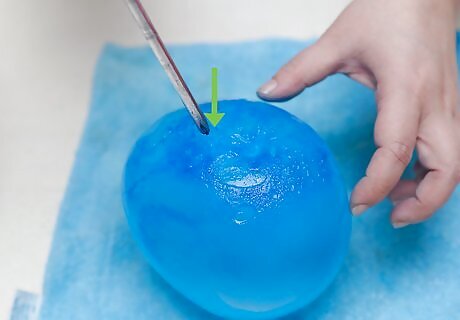
Add embellishments to make it look realistic. If you’re making this iceberg for a science presentation, you might want to decorate it to make it look more realistic. With parental help, use a screwdriver and a hammer to make chips in the ice until it looks more like a floating iceberg. Keep the iceberg in the freezer until your presentation or it will melt!
Experimenting with the Iceberg
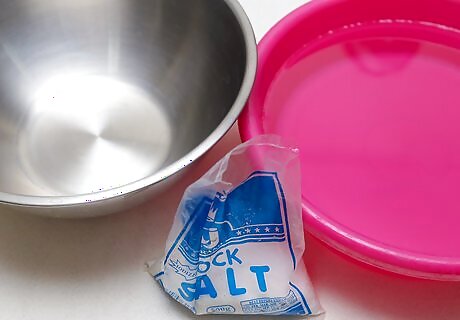
Gather the necessary materials. Scientists study icebergs to learn about ocean currents and climate change. You can use your homemade iceberg to learn about density and ocean water levels. For these experiments you will need a container large enough for your iceberg, some water, and salt (optional).
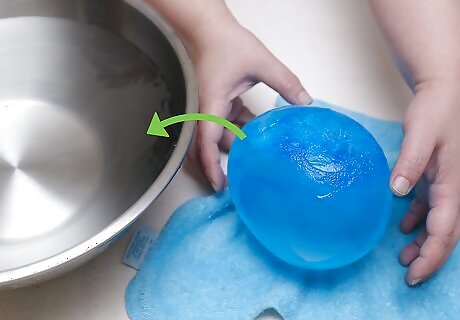
Fill the container with water and put the iceberg in. First, fill your container with tap water. Leave enough space at the top so when you put your iceberg in the water it doesn’t overflow. At the same time, make sure there is enough water that the iceberg doesn’t touch the bottom of the container. You can also try these same experiments with the container filled with salt water. The results may surprise you!
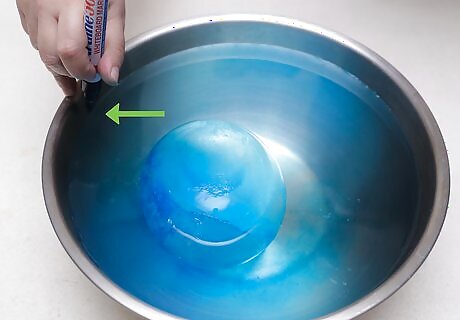
Mark the water level of the container. After placing the iceberg into the water, use a marker or a piece of tape to mark the location of the water level. This is the starting point of your “ocean level.” Mark this level as soon as you put the iceberg in before any of it can melt into the water.
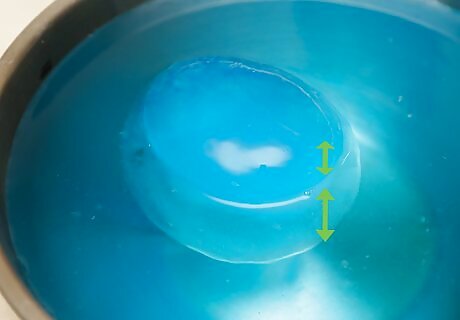
Observe the icebergs location in the water. The first thing you should notice is that the majority of the iceberg is submerged underwater, but it still floats. The ice floats because frozen water is less dense than liquid water, but because of their relative densities, most of the iceberg is submerged. The density of ice is 0.92 g/cm^3, the density of freshwater is 1.00 g/cm^3, and the density of salt water is 1.03 g/cm^3. Because the density of ice is ~90% the density of water, about 90% of the iceberg is submerged.
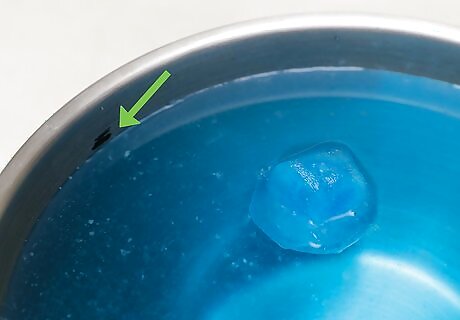
Let the iceberg melt and observe the water level. Leave the iceberg for at least 30 minutes to an hour or until the iceberg has completely melted. Did the water level rise above the line your marked? You might be surprised to observe that it hasn’t. This is because the iceberg displaced the same amount of water in its frozen form as it added in its liquid form. #*This is known as Archimedes’ Principle. If you let the iceberg melt into salt water, are the results different? You should notice that the water level has actually risen. This is due to the differences in the densities between freshwater and saltwater. It will not rise by much, but it is enough that on a global scale, melting icebergs can affect ocean levels.




















Comments
0 comment